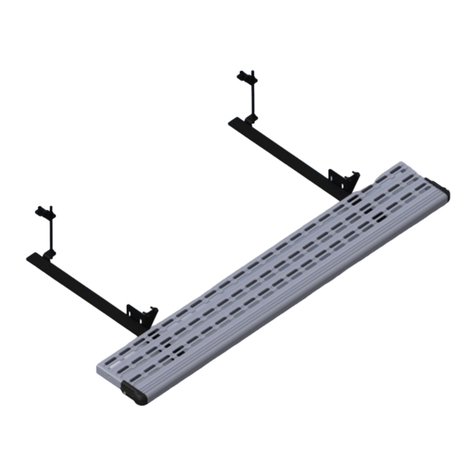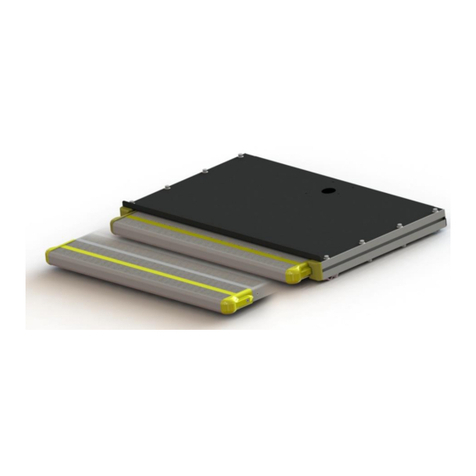Index
1Environment .................................................................................................................... 2
2Technical specifications............................................................................................... 3
3Safety instructions......................................................................................................... 3
4Constraints....................................................................................................................... 4
5Controls ............................................................................................................................ 4
5.1 Step Control .......................................................................................................................................... 4
5.2 Signals ................................................................................................................................................... 4
5.3 Legal requirement according R 107 UN Bus directive: .................................................................. 4
5.4 Electrical Components ........................................................................................................................ 4
5.5 Power..................................................................................................................................................... 4
5.6 Current control...................................................................................................................................... 4
5.7 Motor ...................................................................................................................................................... 4
6Operation.......................................................................................................................... 5
6.1 Deploy Operation procedure .............................................................................................................. 5
6.2 Stow operation procedure................................................................................................................... 5
7Manual Operation ........................................................................................................... 6
8Mounting / Installation ..................................................................................................6
8.1 Mechanical Installation ........................................................................................................................ 6
8.2 Electrical Installation ............................................................................................................................ 8
8.3 Installation of the LED (optional):..................................................................................................... 11
8.4 Testing the Step: ................................................................................................................................ 13
9Periodic maintenance / Inspection .......................................................................... 13
9.1 Cleaning .............................................................................................................................................. 13
9.2 Periodic maintenance / Inspection................................................................................................... 13
9.2.1 Small maintenance .................................................................................................................... 13
9.2.2 Regular inspection ..................................................................................................................... 13
9.2.3 Yearly maintenance / normal maintenance............................................................................ 13
10 Repair ........................................................................................................................... 14
10.1 Disassembly.................................................................................................................................... 14
10.2 Assembly......................................................................................................................................... 16
11 Failure search ............................................................................................................ 20
12 Certification ................................................................................................................ 21
13 Spare parts..................................................................................................................22
Appendix 1;........................................................................................................................... 26
Appendix 1 a; ....................................................................................................................... 27
Appendix 2;........................................................................................................................... 28
Installation drawings: ........................................................................................................ 28
1Environment
The use of energy from the step is reduced to an absolute minimum.
The AXS - Step is made of durable materials which all can be recycled. All different materials can easily
be separated from each other for separate recycling.































